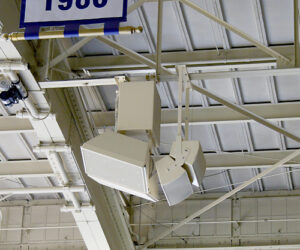In-ear monitor (IEM) systems and personal monitor mixers work with earpieces (“earbuds”) and sometimes headphones to deliver mixes to performers. There are several advantages, including reducing feedback issues from having fewer (or no) loudspeakers generating output on stage and reducing the need to carry, setup and strike heavy monitor wedges.
Performers can also better hear exactly what they want in their mixes because the monitor engineer can utilize the entire stereo field, and with properly fitted universal or custom-molded earpieces, stage noise can be can attenuated. Wireless IEM systems provide greater freedom of movement while allowing users to hear the exact same mix no matter where they’re located on stage.
However, some performers don’t like the degree of isolation afforded by this monitoring platform. Some eschew it all together, while others prefer a hybrid approach of “ears” and traditional wedges/side fills. They also need to be aware of volume levels and the potential for hearing damage – isolation from stage noise can be a great thing, but only if the sources at the ears aren’t too loud. The sense of isolation can be relieved by mixing some ambient microphones into the monitor mix.
Wireless IEM systems provide additional freedom of movement while retaining a clean, consistent monitor mix. Note that, as the term “wireless” makes clear, these systems use RF spectrum, so they need to be coordinated along with wireless mic, instrument, and intercom systems at every show.
Meanwhile, personal mixers allow musicians to select and custom-mix 16 channels or more (discrete channels or sub-mixes) of digital audio from all available channels, adjust levels, pan, EQ and effects for each channel, plus save and recall presets of previous mixes. These systems are increasingly sophisticated, and in many cases offer the ability to interface with networking protocols.
Another aspect is giving performers control over their own monitor mixes using Wi-Fi access to some mix parameters of a digital console or via personal mixers. Many digital consoles allow remote access via laptops, tablets and smartphones, and a lot of sound techs have been quick to embrace this technology, which allows them to leave the mix position and walk around the venue while still being able to adjust mix parameters as needed.
It didn’t take long for manufacturers to add apps that also allow stage performers to access individual mixes and make adjustments to their own mixes. The majority of the apps let the audio crew lock out and restrict access to certain parameters (such as to another performer’s monitor mix).
Meanwhile, there are two basic types of IEM earpiece transducers. Dynamic full-range drivers tend to have a warmer sound with a natural roll-off in the high end, while balanced-armature drivers can be less efficient at low frequencies. Most manufacturers of balanced-armature earpieces offer several designs, each with a different response.
Besides sound quality, fit and comfort are vital since they’re worn for hours at a time, and their ability to seal out sound on louder stages can allow performers to monitor at lower volumes to avoid hearing loss. However, even custom molds are no guarantee that a performer’s hearing will be protected, since the tendency is still to turn it up.
Some savings can be achieved by using generic-fit earpieces with custom tips that provide much of the comfort and isolation of a custom mold at a lower cost, while allowing the earpieces to be reused later with generic tips or with another performer’s custom tips.
Enjoy this look at recent wireless IEM systems and earpieces.
Spotlight Listing

L-Acoustics Contour XO
l-acoustics.com
L-Acoustics has teamed up with JH Audio, with the two entities combining their R&D teams’ expertise to reproduce the L-Acoustics sonic signature frequency contour in new universal and custom fit in-ear monitors.
The limited-edition Contour XO incorporates 10 balanced armature drivers and a three-way crossover in a quad low, dual mid, and quad high configuration. Control of the low end is provided with bass adjustment of up to 15 dB above flat response.
Contour XO is born from the meeting of Jerry Harvey and Dr. Christian Heil. Both pioneered technologies that have changed the pro audio industry: multi-driver in-ear monitors and the present-day concert PA based on the L-Acoustics line source array. Specifically, the new IEM is designed to reproduce the nuances and impact of live music reinforced by L-Acoustics sound systems.

Key Specifications:
Number & Type Of Drivers: 10 balanced armature drivers
Impedance: 8 ohms (DCR)
Sensitivity: 116 dB/1 mW
Detachable Cables: Yes
Technology Focus: The development of Contour XO also supports the upcoming release of new L-ISA binaural object-based mixing software tools currently in beta testing with a select pool of audio professionals.
Of Note: Contour XO is available from the L-Acoustics eStore (here), where users can choose from both universal and custom-fit options.
Standard Listings – Earpieces
JH Audio
jhaudio.com
Model: Jolene
Number & Type Of Drivers: 12 total, 4 dynamic speakers and 8 balanced armatures
Impedance: 10 ohms
Sensitivity: 114 dB@1 mW
Detachable Cables: 7-pin Litz wire cable with in-line LF attenuators

Audio-Technica
audio-technica.com
Model: ATH-E70
Number & Type Of Drivers: Three
balanced-armature drivers
Impedance: 39 ohms
Sensitivity: 109 dB/1 mW
Detachable Cables: Yes
Other Models: ATH-E50, more
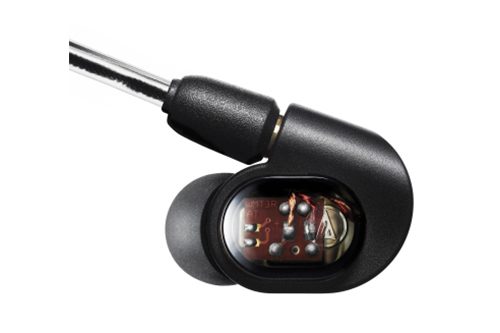
Sennheiser
sennheiser.com
Model: IE 500 PRO
Number & Type Of Drivers: Single 7 mm broadband dynamic transducer
Impedance: 16 ohms
Sensitivity: 126 dB/1 mW
Detachable Cables: Yes
Other Models: IE 400 PRO, IE 40 PRO
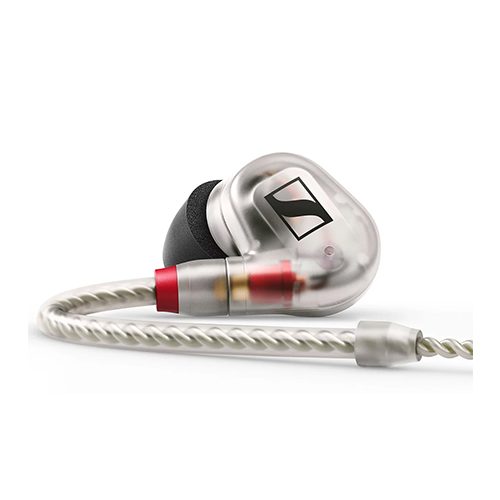
Shure
Shure.com
Model: SE215
Number & Type Of Drivers: Single
Dynamic MicroDriver
Impedance: 17 ohms
Sensitivity: 107 dB/1 mW
Detachable Cables: Yes
Other Models: SE846, SE535, SE425, KSE1200, KSE1500
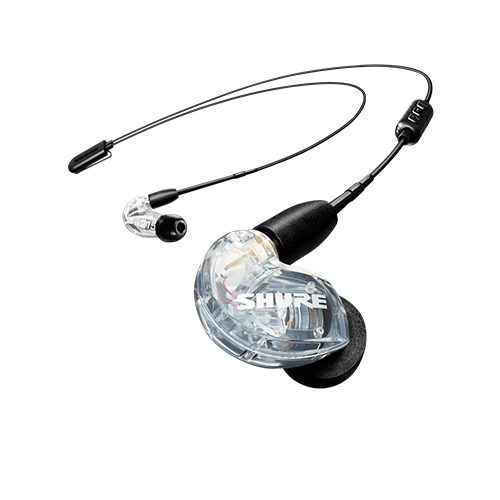
Audix
audixusa.com
Model: A10
Number & Type Of Drivers:
Single 13 mm full-range
dynamic driver
Impedance: 34 ohms
Sensitivity: 112 dB/1 mW
Detachable Cables: Yes
Other Models: A10X (enhanced bass),
A10-BT and A10X-BT (Bluetooth 5.0-enabled cable and integrated mic)
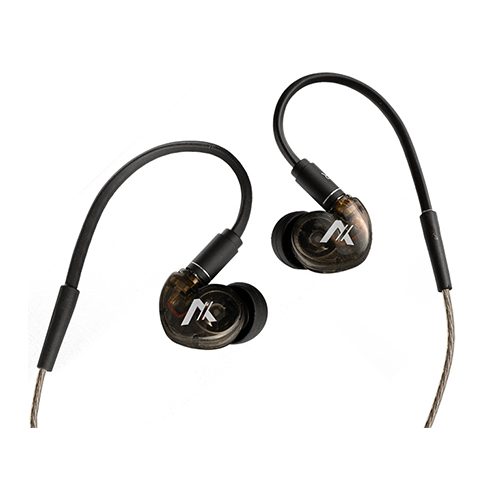
Mackie
mackie.com
Model: MP-240
Number & Type Of Drivers: Single dynamic LF, single balanced armature HF
Impedance: 32 ohms
Sensitivity: 94 dB/1mW
Detachable Cables: Yes
Other models: MP-120, MP-220, MP-320, MP-360, MP-460
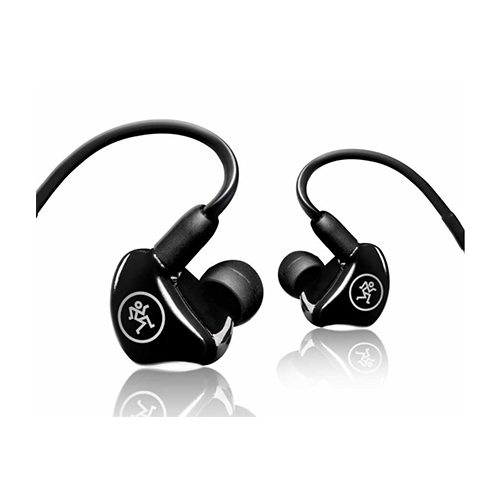
ASI Audio x Sensaphonics
asiaudio.com
Model: 3DME
Number & Type Of Drivers: Three balanced-armature drivers
Impedance: 10 kOhms
Sensitivity: 102 dB-SPL for -20 dBV (100 mVrms) input
Other Models:
Sensaphonics offers several options
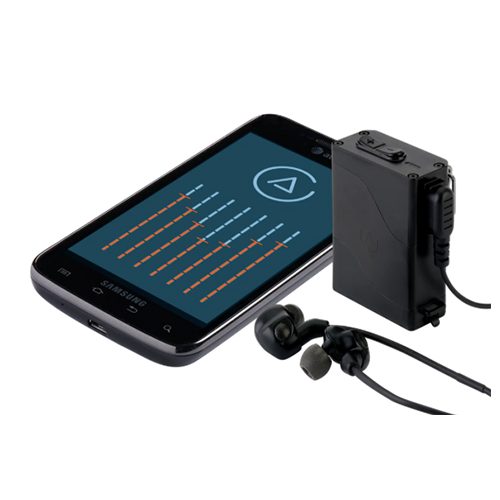
Ultimate Ears
ultimateears.com
Model: UE 5 Pro
Number & Type Of Drivers: Dual balanced
armatures with 2-way crossover
Impedance: 21 ohms
Sensitivity: 119 dB/1 mW
Detachable Cables: Yes
Other Models: UE 6 Pro, UE 7 Pro, UE 11 Pro, UE 18+ Pro, UE Live
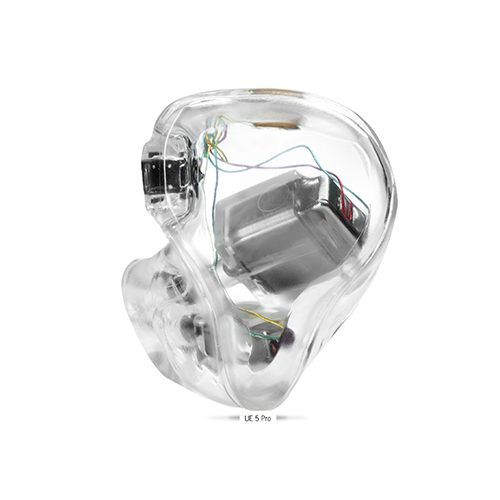
Future Sonics
futuresonics.com
Model: MG5 FX
Number & Type Of Drivers: Single 10 mm proprietary Voice Coil design dynamic transducer
Impedance: 32 ohms
Sensitivity: 110 dB/30 Hz
Detachable Cables: Yes
Other Models: MG5 HX, MG6 FX, MG6 HX, more
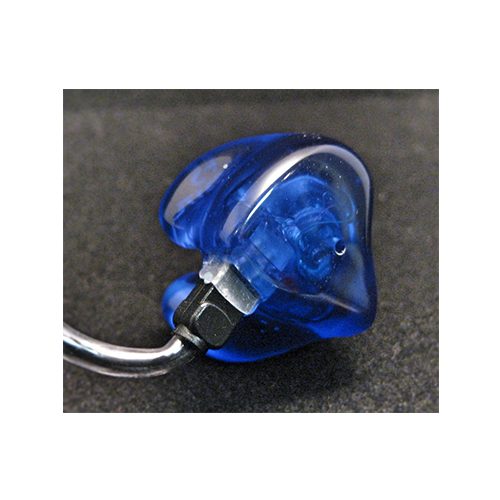
64 Audio
64audio.com
Model: A18s
Number & Type Of Drivers: 18 balanced-
armature drivers
Impedance: 8 ohms
Sensitivity: 106 dB/1 mW
Detachable Cables: Yes
Other Models: A18t, A12t, more






